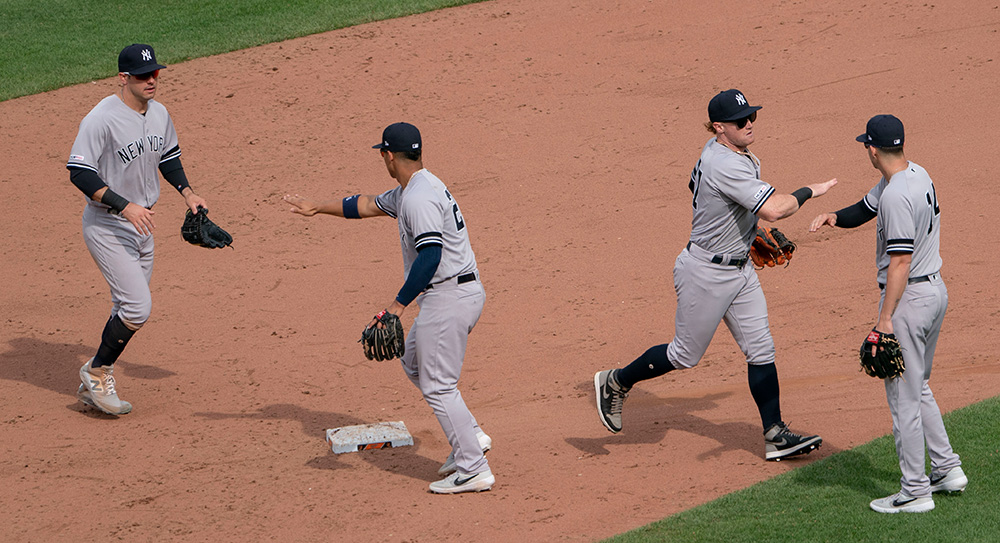Imperfect But for One Afternoon: Don Larsen (1929-2020)
Ruth, Gehrig, DiMaggio, Mantle, Ford… Don Larsen did not have a career that placed him among the pantheon of great Yankees. Indeed, he was quite the journeyman, a league-average righty who toiled for seven teams during his 14-year major league career (1953-65, ’67) without making a single All-Star team. Yet on October 8, 1956, Larsen captured lightning in a bottle, assuring himself a permanent welcome among pinstriped legends and throughout baseball by throwing the only perfect game in World Series history. Larsen, who became a regular at Old Timers’ Day celebrations alongside more decorated Yankees, died of esophageal cancer on Wednesday in Hayden, Idaho at the age of 90.
In front of 64,519 fans at Yankee Stadium, facing the defending champion Dodgers — who sported a lineup that featured future Hall of Famers Roy Campanella, Pee Wee Reese, Jackie Robinson, and Duke Snider — the 26-year-old Larsen retired all 27 batters he faced, seven by strikeout. The last of those was Dale Mitchell, pinch-hitting for pitcher Sal Maglie, who had held the Yankees to two hits and five runs. On Larsen’s 97th pitch of the afternoon, Mitchell checked his swing on a pitch on the outside corner. “Got him!” exclaimed Vin Scully, who had taken the baton from Mel Allen in calling the game for NBC. “The greatest game ever pitched in baseball history by Don Larsen, a no-hitter, a perfect game in a World Series… When you put it in a World Series, you set the biggest diamond in the biggest ring.”
Note that Scully erred in referring to “only the second time in baseball history” where such a feat had happened. To that point, it had been over 34 years since the previous perfect game, and there had been just five in major league history: two in 1880, then ones by Boston’s Cy Young (May 5, 1904), Cleveland’s Addie Joss (October 2, 1908), and Chicago’s Charlie Robertson (April 30, 1922). Read the rest of this entry »



